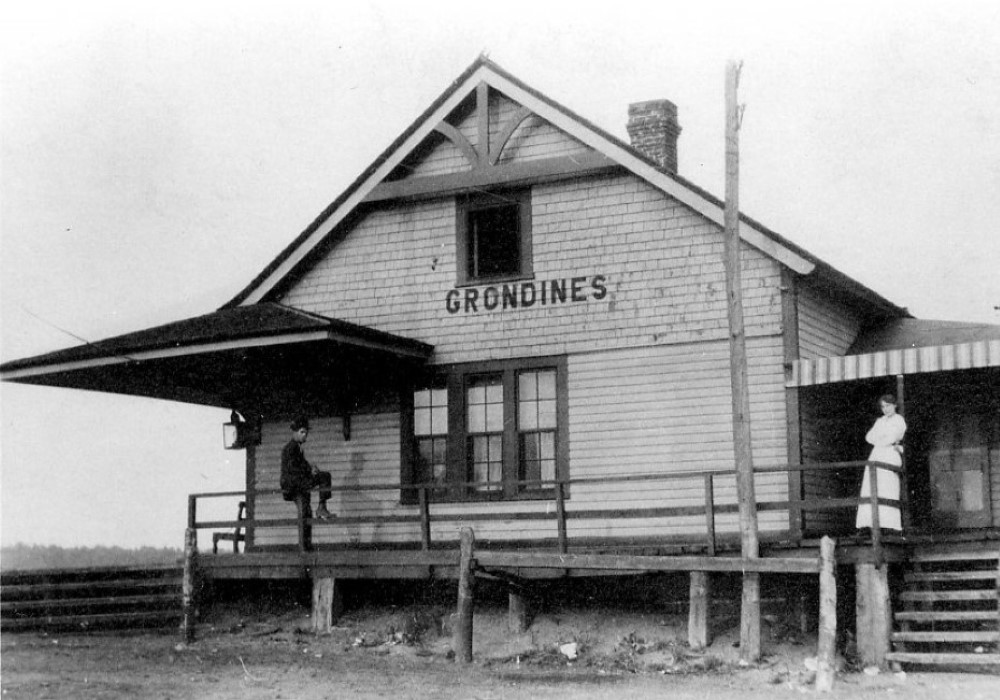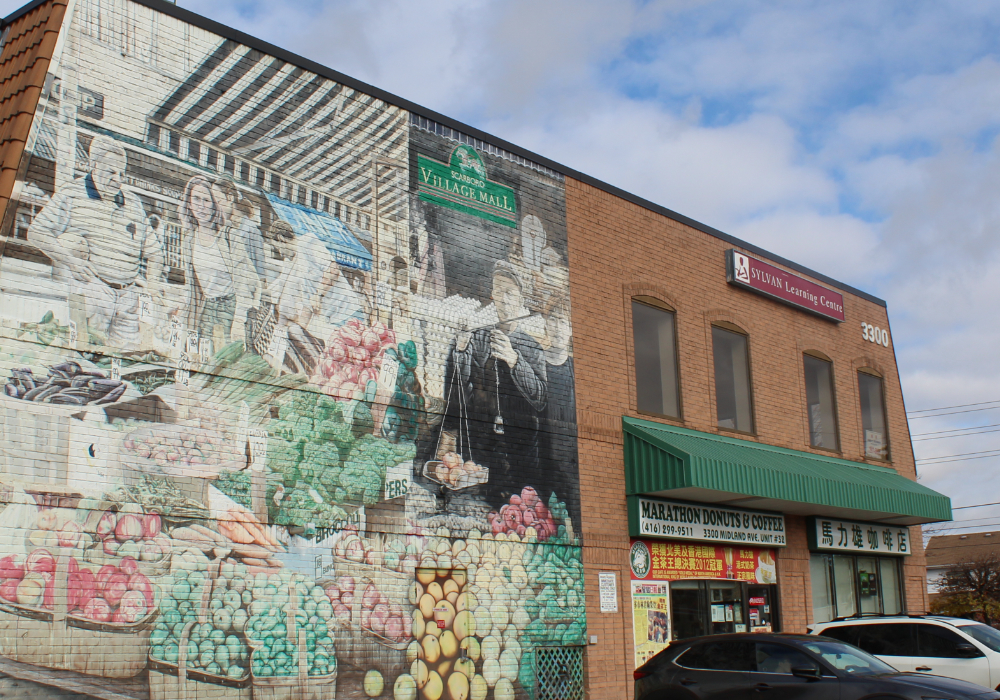
The community of Cole Harbour was established in 1765 as an allotment of six 500 acre lots. The community stretched from the town of Dartmouth eastward to the Township of Lawrencetown, with its northern boundary the Township of Preston. Founded by Foreign Protestants, Cole Harbour remained a rural community until the population pressures of post WWII bought up, expropriated and otherwise consumed large acreages of land. Ironically, the war years were also a defining time for agriculture in Cole Harbour where more cleared land was under cultivation than at any time in the community’s history. The change from rural to urban started slowly but once underway the urbanization of this once pastoral landscape was very rapid. A trickle in the 1960s turned into a torrent by the early 1970s. Land speculation, the alarming disappearance of farm land and threats to the health of the harbour galvanized a core of concerned citizens into action. The Cole Harbour Environment Committee (CHEC) formed to alert, inform and educate the people and politicians of the need to protect the fragile ecosystems that were the Cole Harbour salt marsh. Having first rallied to protect the natural history of Cole Harbour the membership of CHEC, and others, soon realize that the cultural history was also under threat, as farms were being demolished, replaced by new homes, businesses, schools and urban parkland.
Using the collections of the Cole Harbour Heritage Farm archive, this exhibit endeavours to present to the visitor glimpses of the community of Cole Harbour then and now. Much of the exhibit will focus on the Cole Harbour Road and the changes that urban lifestyles have had our rural routes.

